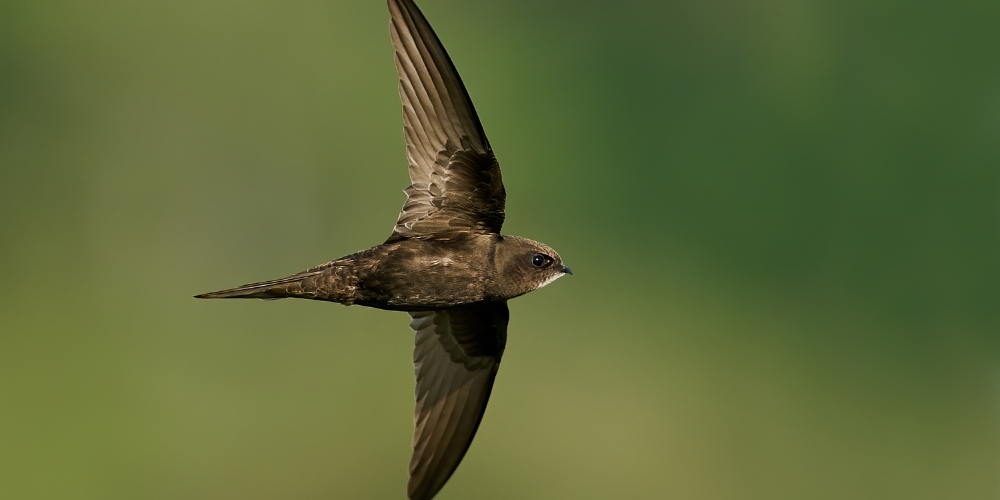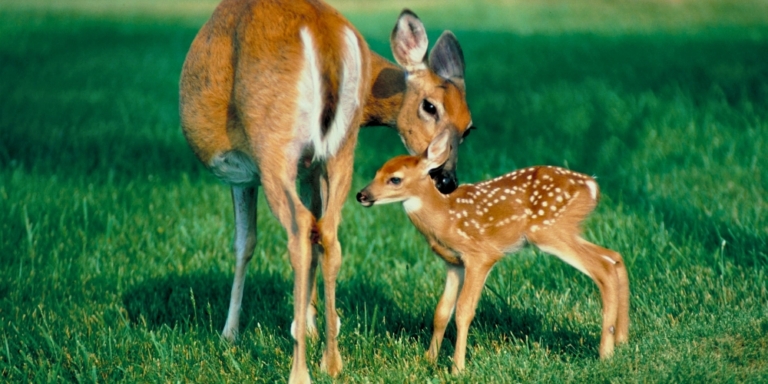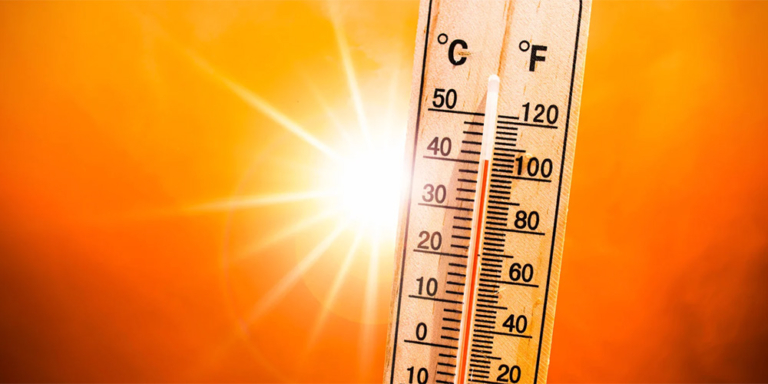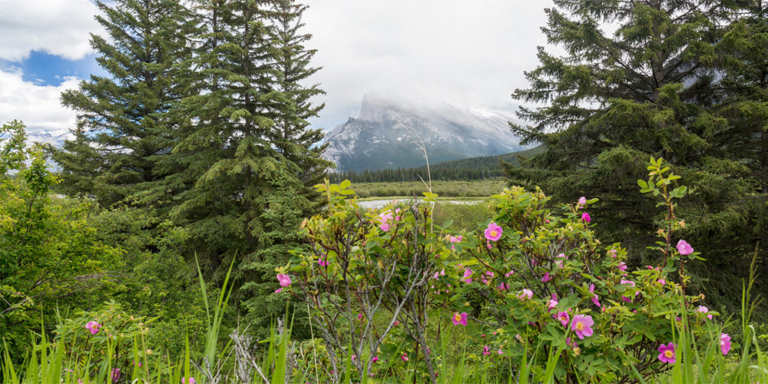A Changing Climate Threatens Black Swifts
Black swifts are sensitive birds that are especially vulnerable to habitat loss, habitat destruction, and the collapse of many insect populations.
Global heating has made all of these issues worse. Our warming climate has reduced the abundance of flying insects by changing where they are found geographically and when they emerge seasonally.
The loss of abundance of insects has had a devastating impact on aerial insectivores.
That’s a big word, but all it means is a bird like the black swift that feeds almost entirely on insects in the air while flying.
According to Birds Canada, the population of aerial insectivores has declined by nearly three-fifths since the 1970s. Across North America, this is the most serious decline of any bird group.
Black swifts also rely on specific nesting sites, like river banks and cliff edges.
These habitats are becoming damaged due to human activities like roads, logging, mining, hydroelectric projects, and recreation. Global warming also adds to the threat of habitat loss and destruction by increasing extreme weather events like fires and floods.
The Black Swifts in Banff National Park
Johnston Canyon is one of only two known nesting sites for black swifts in Banff National Park.
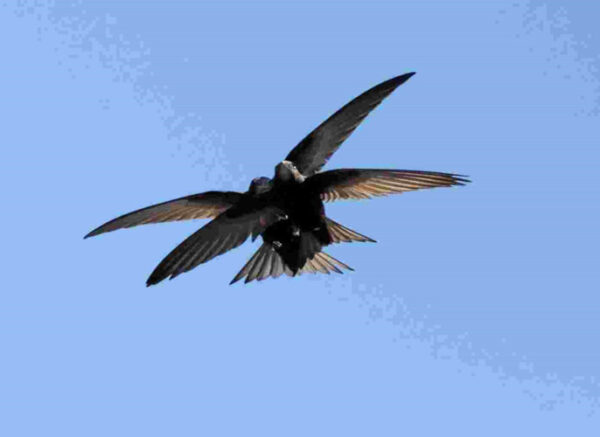

Black swifts nest here on cliff ledges behind or near waterfalls, and the birds prefer wet, cold rock faces. Johnston Canyon offers this habitat type in abundance, making for a great place for black swifts to rear their chicks.
Parks Canada is doing what it can to ensure these beautiful birds can nest successfully, but it’s not easy.
Black swifts lay one egg per season and rear their chicks for seven weeks before they fledge in September.
Of the four chicks born at Johnston Canyon this year, one died for unknown reasons.
Black swift nests are well protected from predators, so an attack is unlikely. Jennifer Reimer, a Parks Canada conservation officer who leads the black swift monitoring program in the park, believes the chick was accidentally pushed out of the nest or died in the nest and was pushed out afterward.
“We can guess or have theories… they are small nests, and you’re fitting three birds on a small ledge or small cavities, and it’s possible that an adult could accidentally push the chick out of the nest. The chick could also have just died in the nest, and then they pushed it out,” Reimer told the Rocky Mountain Outlook.
Parks Canada uses thermal imaging cameras to locate and monitor nests and time-lapse remote cameras to track their activity patterns.
A Day in the Life
Thanks to modern technology, we now have an idea of what a day in the life of a black swift looks like.
First, the adults leave their nesting sites about half an hour before sunrise, foraging for an insect breakfast.
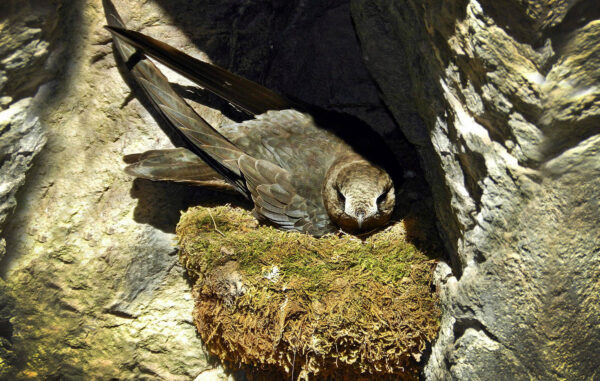

Black swifts then spend most of the morning socializing with other birds.
As the day goes on, black swifts search for insects, flying as much as 175 kilometres to gather enough food for themselves and their chicks. As for nesting, both males and females are responsible for incubating the eggs.
When the egg hatches, the chick is fed regularly during the day.
But in the last three to four weeks before fledgling, the chick might be left alone for 12 hours.
In the past, there were as many as 12 active nests in Johnston Canyon. Today, there are only two active nests known to Parks Canada. To help black swifts in the area nest successfully, the agency enforces a yearly off-trail closure from the beginning of May to mid-November.
It is illegal to disturb black swifts and their nests. Violators will be charged and must appear in court, which can result in fines of up to $25,000.
Black swifts are among many critters threatened by global heating in our province. The best way to protect them is to respect their space and stop spewing heat-trapping pollution.

